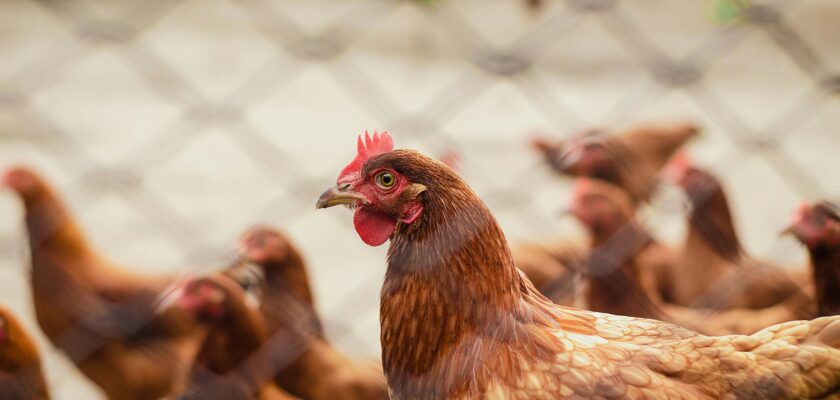Introduction to Chicken Pricing in the Philippines
In the Philippines, raising chickens isn’t just a backyard hobby—it’s a growing movement. From bustling cities like Cebu and Manila to the peaceful countryside of Bohol and Bukidnon, many Filipinos are now turning to chickens not only for food security but also for sustainable living. Whether it’s native chickens clucking in the yard or layers in small-scale farms, the demand is rising—and with it, questions about cost.
Understanding how much chickens cost in the Philippines means diving into several factors. Breed, age, location, and even season can make a big difference. Whether you’re a newbie hoping to start with a few hens or a farmer expanding your flock, knowing the real prices upfront is essential.
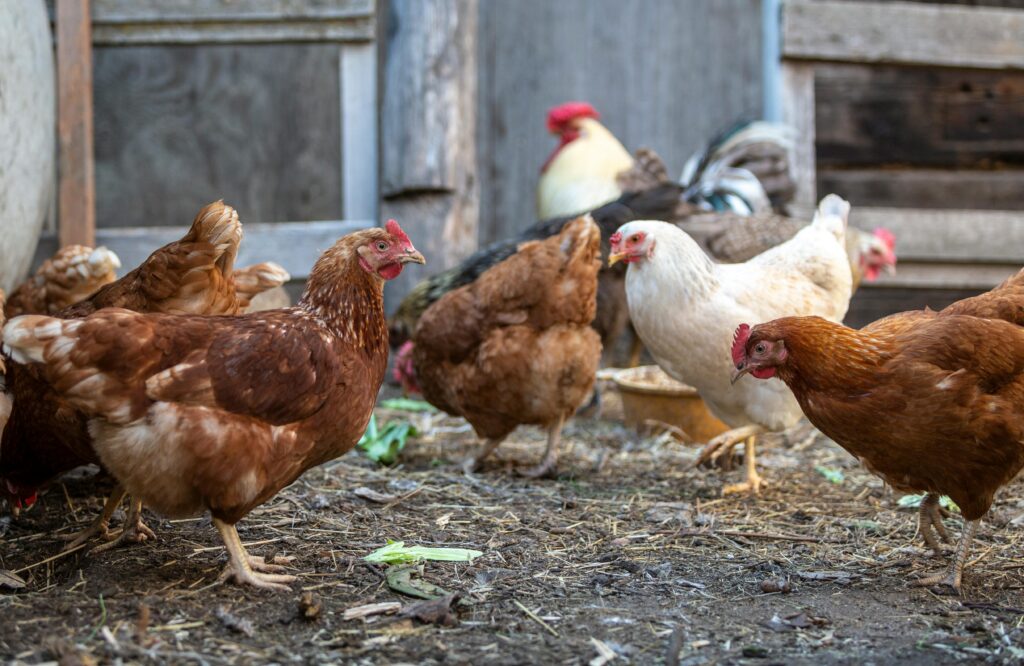
Photo by Павел Гавриков
How Much Do Chickens Cost in the Philippines?
The short answer: it depends. But let’s break it down.
- Day-old chicks: ₱20 to ₱50 each
- Pullets (ready-to-lay hens): ₱250 to ₱400 each
- Native grown chickens: ₱350 to ₱700 depending on size and location
- Broilers (meat chickens): ₱100 to ₱250 per bird
- Fancy or ornamental breeds: ₱500 to ₱2,000 or more
The prices vary based on breed, source, and even region. A backyard poultry enthusiast in Davao may find cheaper rates than someone buying from a feed store in Metro Manila.
Also, expect bulk pricing if you’re purchasing 100+ chicks from commercial suppliers, especially in Central Luzon or parts of Mindanao.
Popular Chicken Breeds and Their Prices
Let’s take a closer look at some common breeds in the Philippines and what they typically cost:
| Breed | Type | Price Range (PHP) |
| Native Chicken (Banang) | Dual-purpose | 350 – 700 |
| Broilers (Cobb, Ross) | Meat | 100 – 250 |
| Layers (Dekalb, Lohmann) | Eggs | 250 – 400 |
| Bantam, Polish, Silkies | Ornamental | 500 – 2,000+ |
Native chickens fetch a higher market price due to flavor and hardiness. Broilers are fast-growing and cost-effective for meat production. Layer hens offer long-term egg yield, while ornamental breeds are for enthusiasts and collectors.
Day-Old Chicks vs. Grown Chickens
Buying chicks is cheaper—but comes with extra care. Day-old chicks cost around ₱20–₱50 but need brooding, heating, and weeks before they’re productive. Grown chickens cost more upfront but can immediately provide meat or eggs.
| Age | Price Range (PHP) | Pros | Cons |
| Day-old Chicks | 20 – 50 | Cheap, customizable flock size | Needs special care, longer wait |
| Pullets | 250 – 400 | Closer to laying eggs | More expensive |
| Mature Chickens | 400 – 700+ | Ready for harvest/laying | Higher upfront cost |
If you want results fast and have the budget, grown chickens might be the better deal.
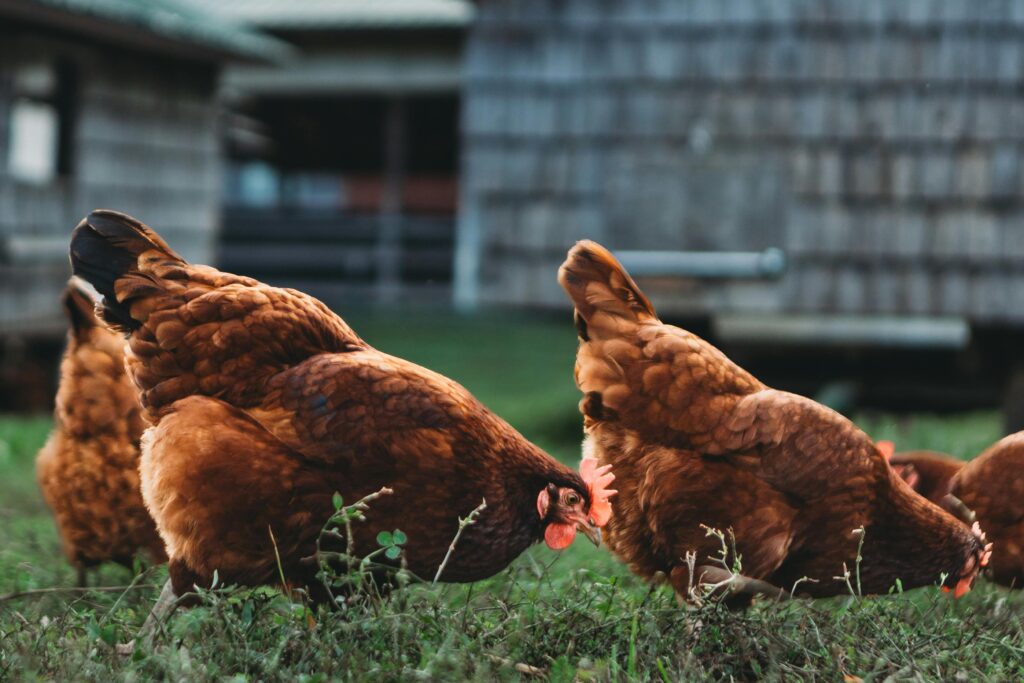
Photo by Steven Van Elk
Where to Buy Chickens in the Philippines
- Local Poultry Farms – Often the most affordable option, especially in rural areas.
- Agrivet Stores – These sell chicks, feed, and equipment in one go.
- Online Marketplaces – Platforms like Facebook Marketplace or Lazada offer native and exotic breeds. Just check seller ratings!
- DA-accredited Breeders – Certified and more reliable but sometimes pricier.
Where you buy matters. Trusted sellers offer vaccinated and healthy stock—worth every peso in the long run.
Price Differences by Region
Prices can vary greatly across the country:
| Region | Average Chick Price (PHP) | Notes |
| Metro Manila | 40 – 60 | Higher due to logistics and demand |
| Central Luzon | 30 – 50 | Poultry hub, cheaper supplies |
| Visayas (e.g., Cebu, Iloilo) | 35 – 55 | Moderate pricing, local farms vary |
| Mindanao (e.g., Davao, CDO) | 25 – 45 | Often cheaper with local hatcheries |
Proximity to poultry farms, infrastructure, and feed supply chains all influence pricing.
Cost of Raising Chickens in a Backyard Setup
Building a proper home for your chickens means upfront investment:
- Coop Materials (wood, mesh, roofing) – ₱2,000 to ₱5,000
- Feeders and Waterers – ₱300 to ₱600
- Bedding and Cleaning Tools – ₱100 to ₱300 monthly
A modest backyard setup for 5–10 chickens can be achieved for around ₱4,000–₱7,000. Not bad for a small farm at home.
Monthly Feeding Costs and Budgeting
Feeding makes up the bulk of your ongoing expenses. Here’s a rough guide:
| Chicken Type | Monthly Feed Cost (PHP) |
| Broilers | 300 – 500 |
| Layers | 250 – 400 |
| Native Chickens | 200 – 350 (they forage more) |
Buying feed in bulk or mixing your own with corn, rice bran, and greens can cut expenses.
Vaccination and Health Maintenance Expenses
Preventing disease is cheaper than treatment. Here are typical expenses:
- Vaccines (e.g., ND, IB, Fowl Pox) – ₱5–₱20 per bird
- Dewormers, Vitamins – ₱100–₱300 per month for 10 birds
- Veterinary Check-ups – ₱300–₱500 if needed
Always ask for vaccinated stock when buying to avoid headaches later.
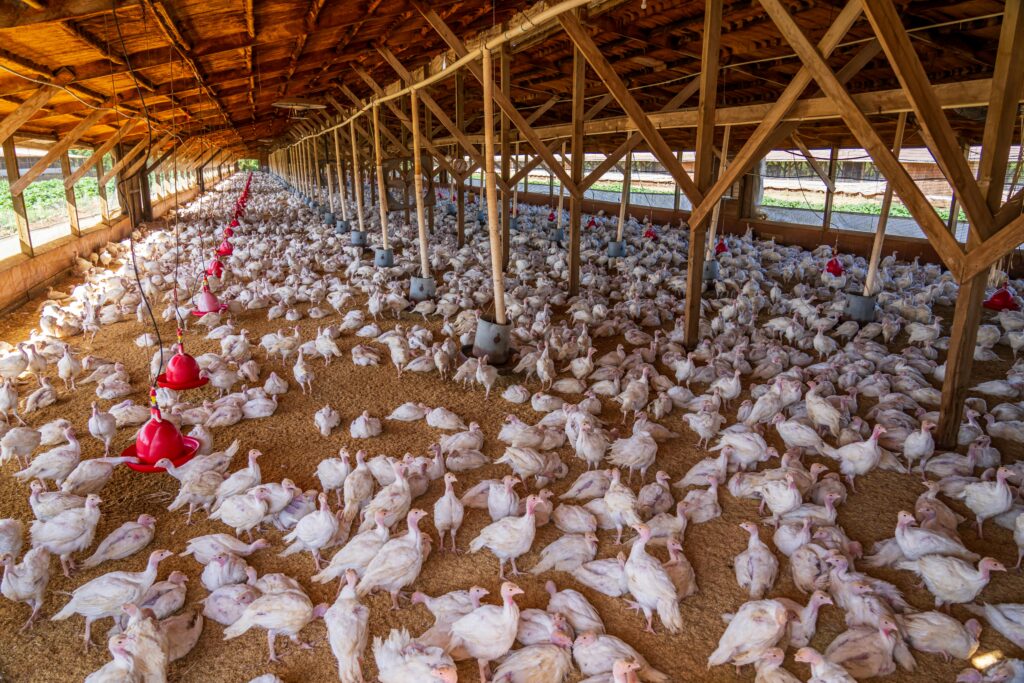
Photo by Mark Stebnicki
Meat Chickens vs. Egg-Laying Hens
Which one’s the better deal? It depends on your goal.
- Meat Chickens grow fast (45 days) but need more feed.
- Layer Hens lay 200–300 eggs per year—long-term ROI.
If you’re after steady returns and daily food, layers may win. But for fiesta season? Meat birds are king.
Urban vs. Rural Chicken Farming Costs
Urban dwellers face limitations:
- Noise complaints, space issues, and permits
- Higher coop costs due to building restrictions
Rural areas offer space, natural foraging, and fewer regulations, making it cheaper and easier to scale.
Costs of Raising Free-Range Chickens
Free-range chickens seem cheap, but look closer:
- Bigger space = more fencing
- Predator control may require extra investment
- Slower growth rate than caged counterparts
Still, they produce tastier meat and healthier eggs. Many Filipinos say it’s worth the extra care.
Seasonal Price Changes in the Poultry Market
Chicken prices typically go up during:
- Christmas & New Year
- Fiestas and holidays
- Typhoon season (feed and transport costs spike)
Buying chicks during off-peak times like early summer can save you up to 20%.
Tips for Buying Healthy Chickens at the Right Price
- Check eyes, feathers, and legs—signs of illness are easy to spot.
- Ask for vaccine records
- Buy in the morning—chickens are more alert.
- Negotiate if buying in bulk
Healthy chickens mean fewer costs later—don’t settle for sickly birds just to save ₱20.
Is It Cheaper to Raise or Buy Chicken Meat?
Store-bought chicken may seem cheaper per kilo. But if you raise your own:
- You know the quality
- You avoid hormones or chemicals
- Long-term, it’s more sustainable
Home-raised meat can cost about ₱120–₱150/kilo versus ₱180–₱220/kilo in markets for native chicken.
Frequently Asked Questions
How much does a native chicken cost in the Philippines?
Anywhere between ₱350 to ₱700 depending on age, weight, and location.
Is it cheaper to buy chicks or grown chickens?
Chicks are cheaper upfront, but grown chickens offer faster returns.
Where is the best place to buy chickens in the Philippines?
Local farms and poultry supply shops are often the best mix of quality and price.
How much do you spend monthly raising chickens?
Expect around ₱300–₱600 per bird including feed, bedding, and vitamins.
Are ornamental chickens popular in the Philippines?
Yes, especially Bantams and Silkies, but they’re more for collectors than farmers.
Can chickens survive in a small backyard?
Absolutely! With 1–2 square meters per bird, they can thrive in urban settings.
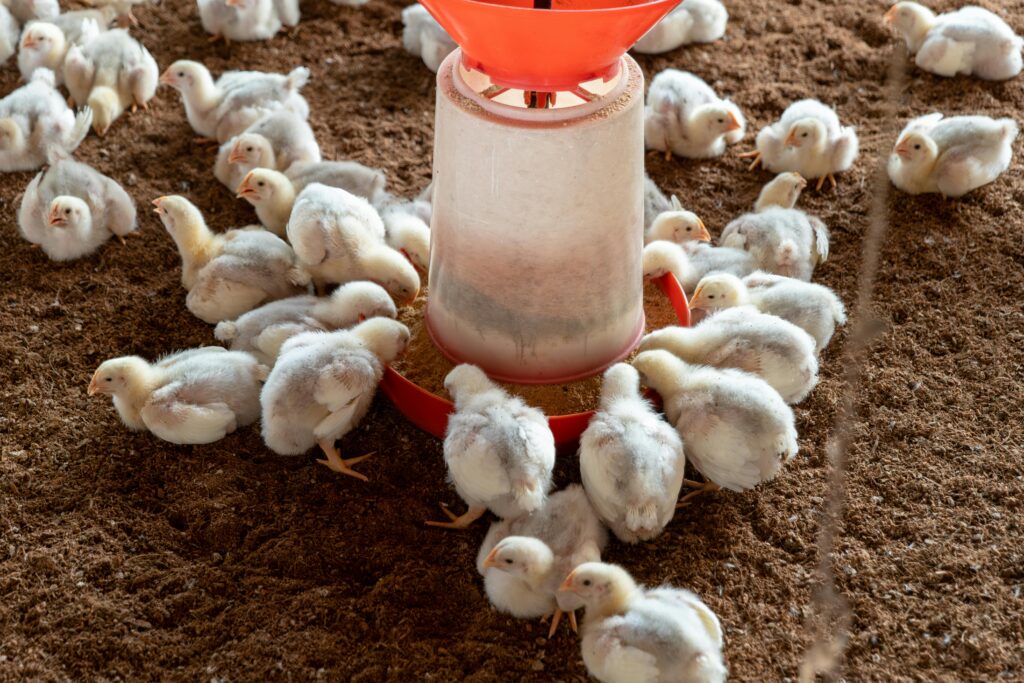
Photo by raja j
Conclusion
So, how much do chickens cost in the Philippines? The answer’s layered—just like a good adobo. From ₱20 chicks to ₱2,000 ornamental breeds, the range is wide. But one thing’s for sure: chickens are an investment in food, fun, and even financial return. With smart planning, a little patience, and love for the craft, raising chickens can be both affordable and rewarding for Filipinos across the country.
